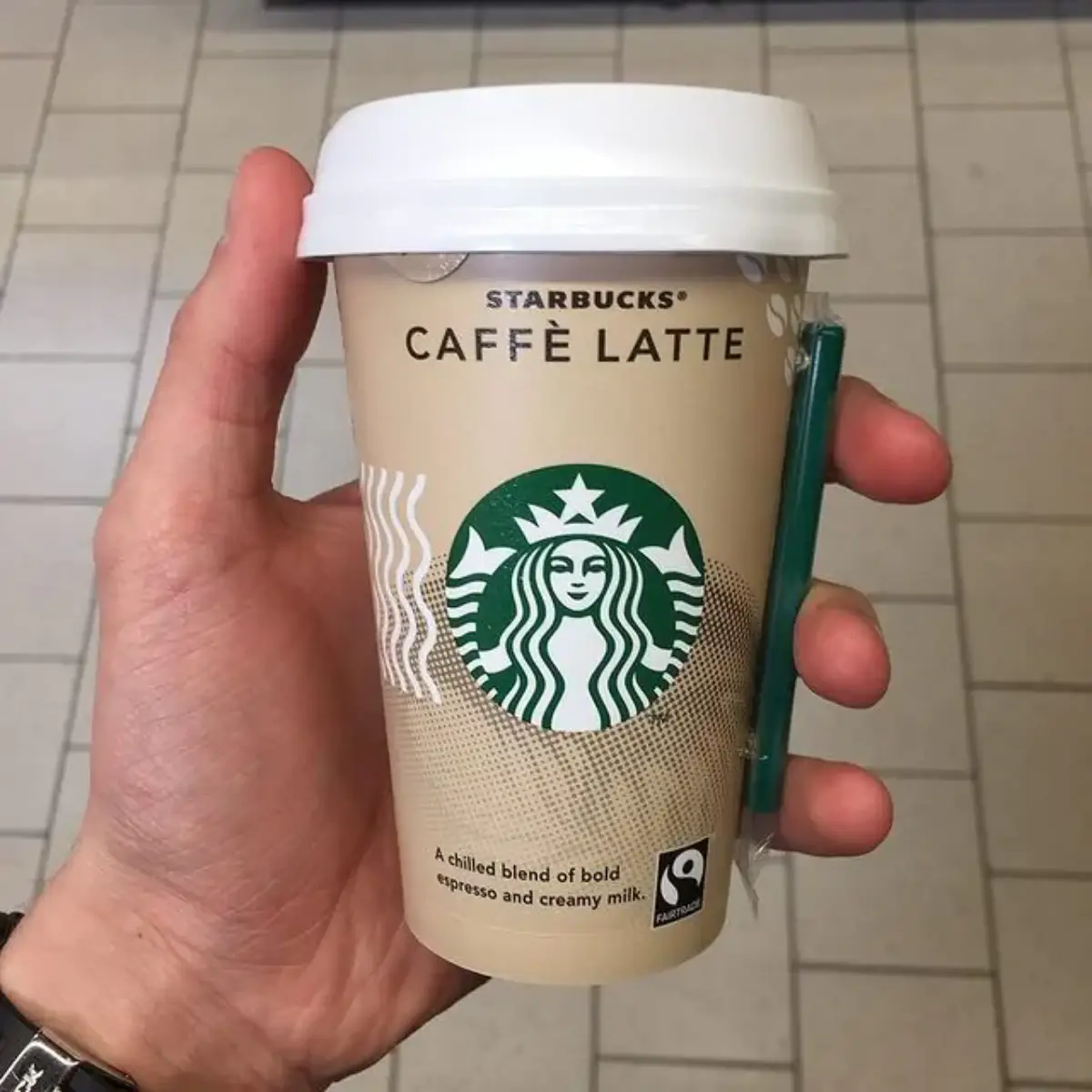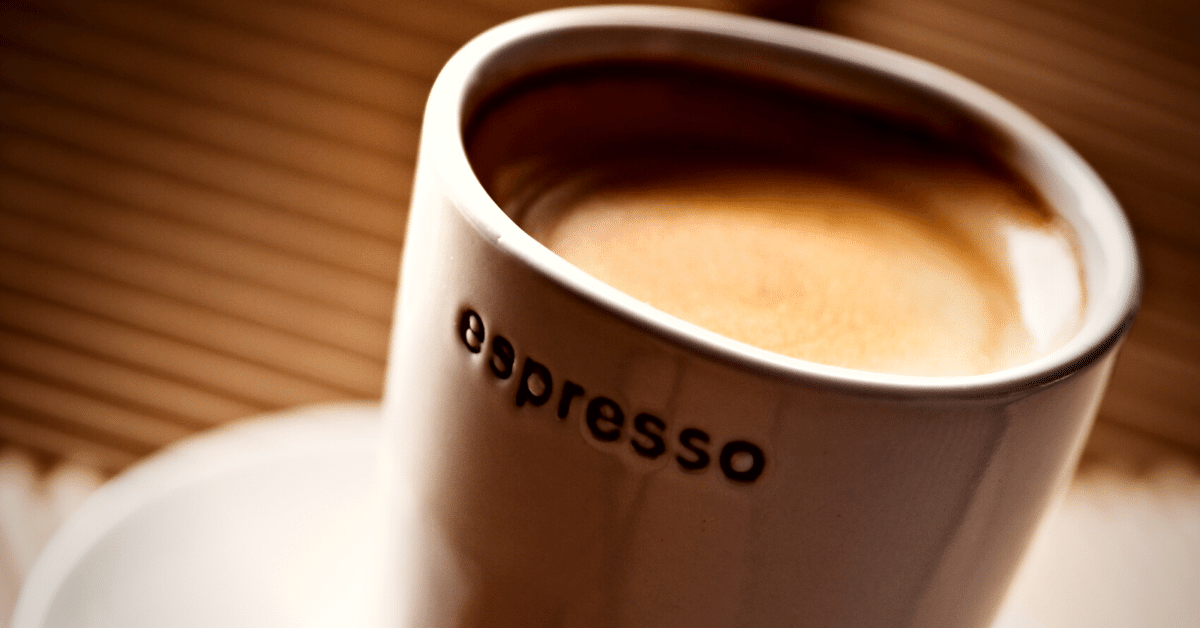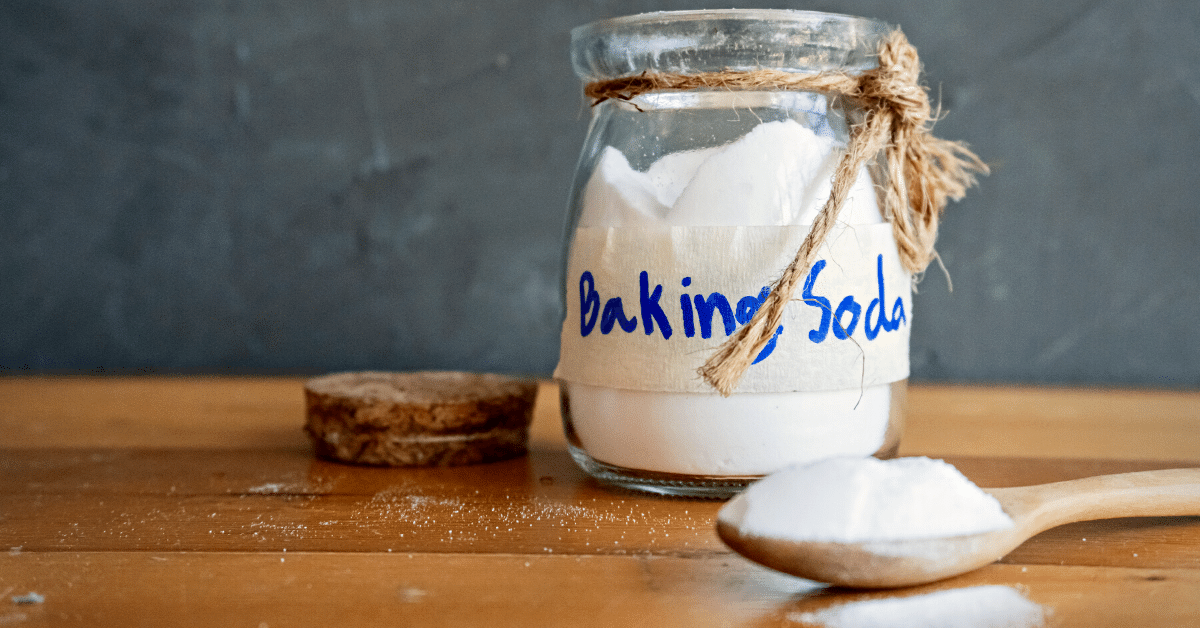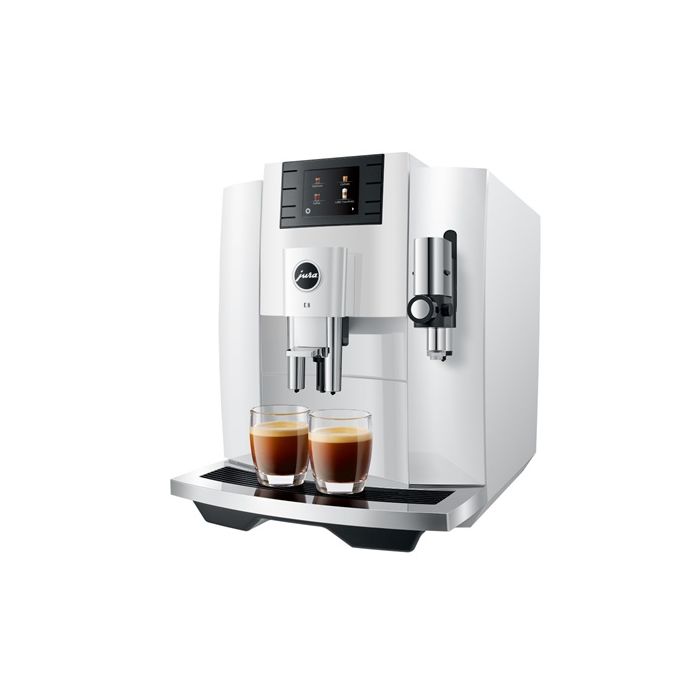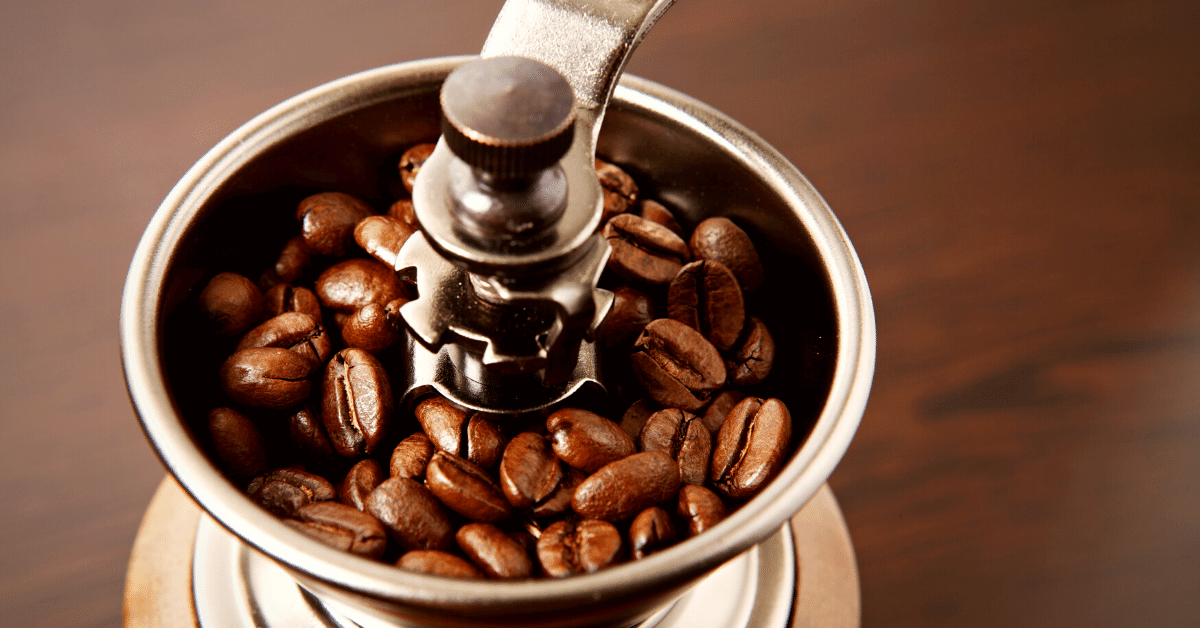Walk into any coffee shop and you’ll see americanos and lattes dominating the menu. Both start with espresso, both can be served hot or iced, and both are wildly popular—yet they deliver completely different coffee experiences. Understanding the distinction between these two espresso-based drinks can transform your coffee ordering and help you find your perfect cup.
This comprehensive guide breaks down everything you need to know about americanos and lattes: how they’re made, what they taste like, when to order each, and how to make them at home. Whether you’re a coffee novice or enthusiast, you’ll walk away knowing exactly which drink suits your preferences.
What Is an Americano?
An americano is espresso diluted with hot water, creating a coffee that resembles drip coffee in strength but maintains espresso’s distinct character. The standard ratio is 1-2 shots of espresso topped with 3-6 ounces of hot water, though proportions vary by café and personal preference.
The Origin Story
Legend holds that the americano was created during World War II when American soldiers stationed in Italy found straight espresso too strong and intense. They requested hot water be added to approximate the drip coffee they were accustomed to back home. Italian baristas accommodated, creating “caffè americano”—American-style coffee.
Whether this story is historically accurate or coffee folklore, the name stuck, and the drink became a staple worldwide.
How Americanos Are Made
The preparation order matters more than you might think:
Standard method: Pull 1-2 shots of espresso into a cup, then add 3-6 oz of hot water (usually 150-180°F). This method preserves the crema—the golden foam layer on top of espresso—creating visual appeal and protecting aromatic compounds.
Reverse americano (Long Black): Pour hot water into the cup first, then add espresso shots. This method, popular in Australia and New Zealand where it’s called a “Long Black,” creates a slightly different texture with more intact crema since the espresso sits on top of the water rather than being diluted immediately.
The result is a full-bodied coffee that’s less concentrated than straight espresso but more intense and complex than drip coffee.
What Is a Latte?
A latte (short for “caffè latte,” Italian for “milk coffee”) combines espresso with steamed milk and a thin layer of milk foam. The standard composition is approximately 1-2 shots espresso, 8-10 oz steamed milk, and a thin (¼-inch) foam layer on top.
Italian Coffee Culture Origins
In Italy, “caffè latte” is primarily a breakfast drink, consumed at home rather than cafés. Italians traditionally drink it from a bowl rather than a cup, often dunking bread or pastries. The Italian version typically has more coffee and less milk than American-style lattes.
The modern latte as we know it—the American interpretation—became popular in Seattle in the 1980s, spreading through specialty coffee culture and eventually worldwide through chains like Starbucks.
How Lattes Are Made
Latte preparation requires more technique and equipment than americanos:
Step 1: Pull espresso – Extract 1-2 shots of espresso (typically 2 shots for a 12-16 oz latte).
Step 2: Steam milk – Heat milk to 140-160°F while incorporating air to create microfoam. Proper steaming creates velvety, smooth milk with tiny, barely visible bubbles—not large, airy bubbles like cappuccino foam.
Step 3: Combine – Pour steamed milk into espresso in a specific pattern. Skilled baristas use the pour to create latte art—hearts, rosettas, tulips, and elaborate designs.
The key to a great latte is the milk texture. Professional baristas aim for “microfoam”—milk with a paint-like consistency that integrates seamlessly with espresso, creating a unified, velvety beverage.
Key Differences: Side-by-Side Comparison
Ingredient Composition
Americano:
- Espresso: 1-2 shots (1-2 oz)
- Hot water: 3-6 oz
- Total volume: 4-8 oz typical
- No dairy (unless added separately)
Latte:
- Espresso: 1-2 shots (1-2 oz)
- Steamed milk: 8-12 oz
- Milk foam: ¼ inch layer
- Total volume: 12-16 oz typical
Taste Profile
Americano: Bold, intense coffee flavor with espresso’s characteristic brightness and complexity. You’ll taste origin-specific notes—chocolate, nutty, fruity, or floral depending on the beans. The mouthfeel is light and clean, similar to filter coffee but with more body. Bitterness is moderate to high depending on beans and roast level.
Latte: Smooth, creamy, and mild. The milk mellows espresso’s intensity, creating a balanced, slightly sweet beverage. Coffee flavor is present but subdued—you taste coffee-and-cream rather than pure coffee. Mouthfeel is velvety and rich. Bitterness is minimal, masked by milk’s natural sweetness.
Caffeine Content
Surprisingly similar! Both typically contain 1-2 shots of espresso, providing approximately:
- Single shot: 63-75mg caffeine
- Double shot: 126-150mg caffeine
A 16 oz latte with 2 shots has roughly the same caffeine as an 8 oz double-shot americano—about 130-150mg. The difference is dilution medium (water vs. milk), not caffeine content.
For comparison, an 8 oz cup of drip coffee typically contains 95-165mg caffeine—potentially more than either espresso drink despite “feeling” weaker.
Calorie Count
Americano: 5-15 calories (essentially zero calories from espresso and water alone). Add milk or sugar and calories increase accordingly.
Latte: Calories depend entirely on milk type and size:
- 12 oz latte with whole milk: ~180 calories
- 16 oz latte with whole milk: ~240 calories
- 12 oz latte with 2% milk: ~120 calories
- 12 oz latte with nonfat milk: ~100 calories
- 12 oz latte with oat milk: ~140-160 calories
- 12 oz latte with almond milk: ~80-100 calories
Lattes provide protein, calcium, and fat from milk. Americanos provide virtually no nutritional value beyond antioxidants from coffee.
Serving Temperature
Americano: Served very hot (160-180°F) since both espresso and added water are hot. Cools relatively quickly due to high surface area to volume ratio in typical cups.
Latte: Served slightly cooler (140-160°F) because properly steamed milk shouldn’t exceed 160°F—higher temperatures scald milk, creating unpleasant flavors and destroying the silky texture. The higher milk volume retains heat longer.
Customization Options
Americano customizations:
- Add cold water instead of hot for “iced americano”
- Extra shots for more intensity
- Less water for stronger coffee
- Room for cream/milk (but this makes it a different drink)
- Flavored syrups (though purists avoid this)
Latte customizations:
- Milk alternatives: oat, almond, soy, coconut, macadamia
- Extra shots (“extra shot latte” or “three-shot latte”)
- Flavored syrups: vanilla, caramel, hazelnut, seasonal options
- Iced latte (cold milk, espresso, ice)
- Extra foam (“dry latte”—closer to cappuccino)
- No foam (“wet latte”)
- Decaf espresso
Lattes offer significantly more customization due to the milk component.
Cappuccino, Flat White, Macchiato: How Do They Fit In?
To fully understand americanos and lattes, it helps to see how they relate to other espresso drinks:
Cappuccino
Similar to a latte but with more foam and less liquid milk. The traditional ratio is equal parts espresso, steamed milk, and milk foam (1:1:1). A cappuccino is typically 5-6 oz total, making it smaller and stronger-tasting than a latte. The thick foam layer provides insulation and a different mouthfeel—airy and light compared to the latte’s creaminess.
Flat White
An Australian/New Zealand creation that falls between a latte and cappuccino. It uses microfoam (like a latte) but has a higher coffee-to-milk ratio, typically 2 shots espresso with 4-6 oz steamed milk and minimal foam (⅛ inch or less). The result is stronger coffee flavor than a latte with the same velvety texture. Served in a 5-6 oz cup.
Macchiato (Traditional)
Italian for “marked” or “stained,” a traditional macchiato is espresso “marked” with just a dollop of foamed milk—usually 1-2 tablespoons. It’s essentially espresso with a hint of milk, making it much stronger than any of the above drinks. Note: The “Starbucks Caramel Macchiato” is completely different—it’s essentially a vanilla latte with caramel drizzle.
Comparison Chart
From strongest to mildest coffee flavor:
- Straight Espresso
- Macchiato (traditional)
- Americano
- Cortado (1:1 espresso to milk)
- Flat White
- Cappuccino
- Latte
When to Order an Americano vs Latte
Choose an Americano When:
- You want pure coffee flavor – Americanos let you taste the espresso beans’ origin characteristics without milk interference
- You’re avoiding dairy or calories – Americanos are naturally dairy-free and virtually calorie-free
- You prefer black coffee but want espresso-based – The closest espresso equivalent to drip coffee
- You’re drinking coffee in the afternoon/evening – The lighter body feels less heavy than milk-based drinks later in the day
- You want to evaluate coffee quality – Water doesn’t mask anything, so you taste exactly what the beans and espresso extraction deliver
- It’s hot outside – Iced americanos are refreshing; the water dilution makes them easy to drink cold
Choose a Latte When:
- You find straight coffee too intense or bitter – Milk sweetens and mellows the coffee experience
- You want a creamy, comforting drink – The velvety texture provides a more indulgent experience
- You’re new to espresso drinks – Lattes are the most approachable entry point to espresso beverages
- You need nutrition with your caffeine – Milk provides protein, calcium, and sustenance
- You enjoy flavored coffee – Syrups integrate better with milk-based drinks
- You want something substantial – The larger volume and milk content makes lattes more filling
- You appreciate coffee art – Lattes are the canvas for barista artistry
Time of Day Considerations
Morning: Either works. Lattes provide breakfast-like sustenance; americanos offer a clean caffeine boost.
Afternoon: Americanos feel lighter and less heavy. Lattes can feel too filling if you’ve already eaten lunch.
Evening: Both contain the same caffeine, so timing matters equally. However, some people find the milk in lattes makes them sleepier.
Hot weather: Iced americanos win for refreshment. Iced lattes can feel heavy and rich when it’s hot.
Cold weather: Lattes provide cozy warmth and comfort. Americanos deliver heat but less creaminess.
Cost Comparison
Coffee shop pricing (typical):
- Americano: $2.75-4.00 (12-16 oz)
- Latte: $4.00-5.50 (12-16 oz)
Lattes cost $1-2 more due to milk (more expensive than water) and the skill/time required for proper milk steaming and pouring.
At-home cost per drink:
- Americano: $0.50-1.00 (espresso beans + water + electricity)
- Latte: $0.75-1.50 (espresso beans + milk + electricity)
Making either at home saves 70-80% compared to coffee shops, with lattes adding only $0.25-0.50 for milk.
How to Make an Americano at Home
Equipment needed:
- Espresso machine (manual, semi-automatic, or automatic)
- Coffee grinder (ideally burr grinder for espresso)
- Fresh espresso beans
- Hot water source
Instructions:
- Grind 18-20 grams of coffee beans very fine (like powdered sugar)
- Pull a double shot of espresso (approximately 2 oz, 25-30 second extraction)
- Heat 4-6 oz of water to 170-180°F
- Add hot water to the espresso (or pour espresso over hot water for Long Black style)
- Serve immediately
Pro tips:
- Use filtered water for both espresso and dilution—tap water minerals affect taste
- Preheat your cup to maintain temperature
- Adjust water amount to taste—start with 1:1 espresso:water ratio and adjust
- For iced americano, use cold water and add ice
The Breville Barista Express is an excellent all-in-one solution for home americanos, combining an espresso machine and built-in grinder.
How to Make a Latte at Home
Equipment needed:
- Espresso machine with steam wand
- Coffee grinder
- Fresh espresso beans
- Milk pitcher (for steaming)
- Thermometer (optional but helpful)
- Milk of choice
Instructions:
- Grind 18-20 grams of coffee beans very fine
- Pull a double shot of espresso into your cup
- Pour cold milk into pitcher (fill about ⅓ full to allow room for expansion)
- Purge steam wand briefly
- Submerge steam wand tip just below milk surface, angled to create whirlpool
- Turn on steam, gradually lowering pitcher as milk expands (incorporating air)
- Once milk reaches 100°F, submerge wand deeper (no air intake) and heat to 140-160°F
- Turn off steam, remove wand, tap pitcher on counter to remove large bubbles
- Swirl milk to polish texture
- Pour milk into espresso from about 2 inches height, finishing with latte art if desired
Pro tips:
- Whole milk creates the creamiest microfoam; 2% works well; nonfat is trickier
- Oat milk (barista blend) is the best non-dairy option for steaming
- Cold milk steams better than room temperature milk
- Practice makes perfect—milk steaming is a skill that improves with repetition
- If you don’t have a steam wand, heat milk gently on stove or microwave and froth with handheld frother
If you don’t have an espresso machine with a steam wand, a handheld milk frother can create decent foam for home lattes, though it won’t achieve the same microfoam texture as professional steaming.
Health Considerations
Digestive Impact
Americano: Higher acidity than latte due to no milk to buffer it. People with acid reflux or sensitive stomachs may find americanos cause discomfort. The higher coffee-to-liquid ratio compared to drip coffee can be harder on empty stomachs.
Latte: Milk buffers coffee’s acidity, making lattes gentler on the stomach. However, lactose-intolerant individuals will experience digestive issues. Non-dairy alternatives vary—soy and oat milk are easiest to digest; some people find almond milk creates issues.
Bone Health
Americano: Caffeine can slightly reduce calcium absorption when consumed in large quantities. However, the effect is minimal for moderate consumption (1-3 cups daily).
Latte: The calcium from milk offsets any calcium absorption interference from caffeine, making lattes potentially better for bone health—especially for people who don’t consume much dairy otherwise.
Energy and Alertness
Both deliver caffeine similarly, but absorption rate differs slightly:
Americano: Caffeine enters bloodstream faster without milk fats slowing absorption. You may feel the energy boost 15-30 minutes after drinking.
Latte: Fats and proteins in milk slow caffeine absorption slightly, creating a gentler, more sustained energy lift over 30-60 minutes. Some people experience less jitters with lattes.
Weight Management
Americano: Virtually calorie-free, making it ideal for calorie-restricted diets. Black coffee may slightly boost metabolism.
Latte: Provides calories, protein, and fat. Can serve as a meal replacement or snack. Choose nonfat or plant-based milk to reduce calories. Be cautious with added syrups—a vanilla latte can contain 200-400+ calories depending on size and milk.
Common Mistakes and How to Avoid Them
Americano Mistakes
Mistake 1: Using too much water – Over-diluting creates weak, watery coffee that tastes flat. Start with a 1:2 espresso-to-water ratio and adjust to preference.
Mistake 2: Using cooled water – Lukewarm water creates a tepid, unappetizing drink. Water should be 170-180°F minimum.
Mistake 3: Letting it sit – Americanos cool quickly and develop bitter flavors as they sit. Drink within 5-10 minutes of preparation.
Mistake 4: Poor espresso quality – Since americanos are just espresso and water, bad espresso is impossible to hide. Invest in good beans and proper extraction.
Latte Mistakes
Mistake 1: Overheating milk – Milk above 160-165°F tastes scalded and loses sweetness. Use a thermometer until you can judge by touch.
Mistake 2: Creating large bubbles instead of microfoam – Keep steam wand tip at surface only briefly during initial air incorporation, then submerge for rolling motion.
Mistake 3: Wrong milk temperature for latte art – Milk needs proper fluidity for patterns. Too hot and it’s too thin; too cool and it’s too thick.
Mistake 4: Adding espresso to milk instead of milk to espresso – This prevents proper integration and makes latte art impossible. Always pour milk into espresso.
Ordering Tips at Coffee Shops
Getting the Best Americano
- Specify “extra hot” if you don’t want tepid coffee
- Ask for “room” if you plan to add cream or milk
- Request “Long Black” style (water first, espresso second) for better crema if the café knows this term
- Order extra shots to taste more coffee character: “triple shot americano”
- Try it black first before adding anything—you might be surprised
Getting the Best Latte
- Specify milk type upfront: “oat milk latte” or “almond milk latte”
- Request “extra hot” or “kids temp” (cooler) based on preference
- Ask for “extra foam” (dry) or “no foam” (wet) if you have texture preferences
- Try specialty drinks that showcase the café’s skills: “honey lavender latte” or seasonal offerings
- For stronger coffee taste, order “extra shot latte” or try a flat white instead
The Verdict: Which Is Better?
There’s no objective winner—the “better” choice depends entirely on what you want from your coffee experience.
Choose americano if you: Love pure coffee flavor, want to taste bean origin characteristics, prefer black coffee, are managing calories, or want the closest espresso-based equivalent to drip coffee.
Choose latte if you: Find straight coffee too intense, want a creamy comfort beverage, enjoy milk-based drinks, prefer milder coffee flavor, or want a more substantial, filling drink.
Many coffee lovers enjoy both, choosing based on mood, time of day, and context. Morning might call for a bold americano; afternoon might suit a comforting latte. Hot summer day? Iced americano. Cold winter evening? Warm latte.
The real winner is understanding both drinks well enough to order exactly what you’re craving.
Making the Perfect Choice
Next time you’re at a coffee shop, consider:
- Your hunger level – Hungry? Latte provides sustenance. Just need caffeine? Americano.
- Your taste preference that day – Craving bold intensity or creamy comfort?
- The coffee shop’s quality – At shops with exceptional espresso, americanos showcase it. At average shops, lattes mask imperfections.
- Your dietary needs – Dairy-free, low-calorie, or looking for nutrition?
- The weather and time – Hot outside? Iced americano. Cold morning? Hot latte.
Ultimately, both americanos and lattes are beloved for good reason. Understanding their differences empowers you to order with confidence and explore the full range of espresso-based coffee possibilities.
Contains affiliate links. As an Amazon Associate, we earn from qualifying purchases at no cost to you.

